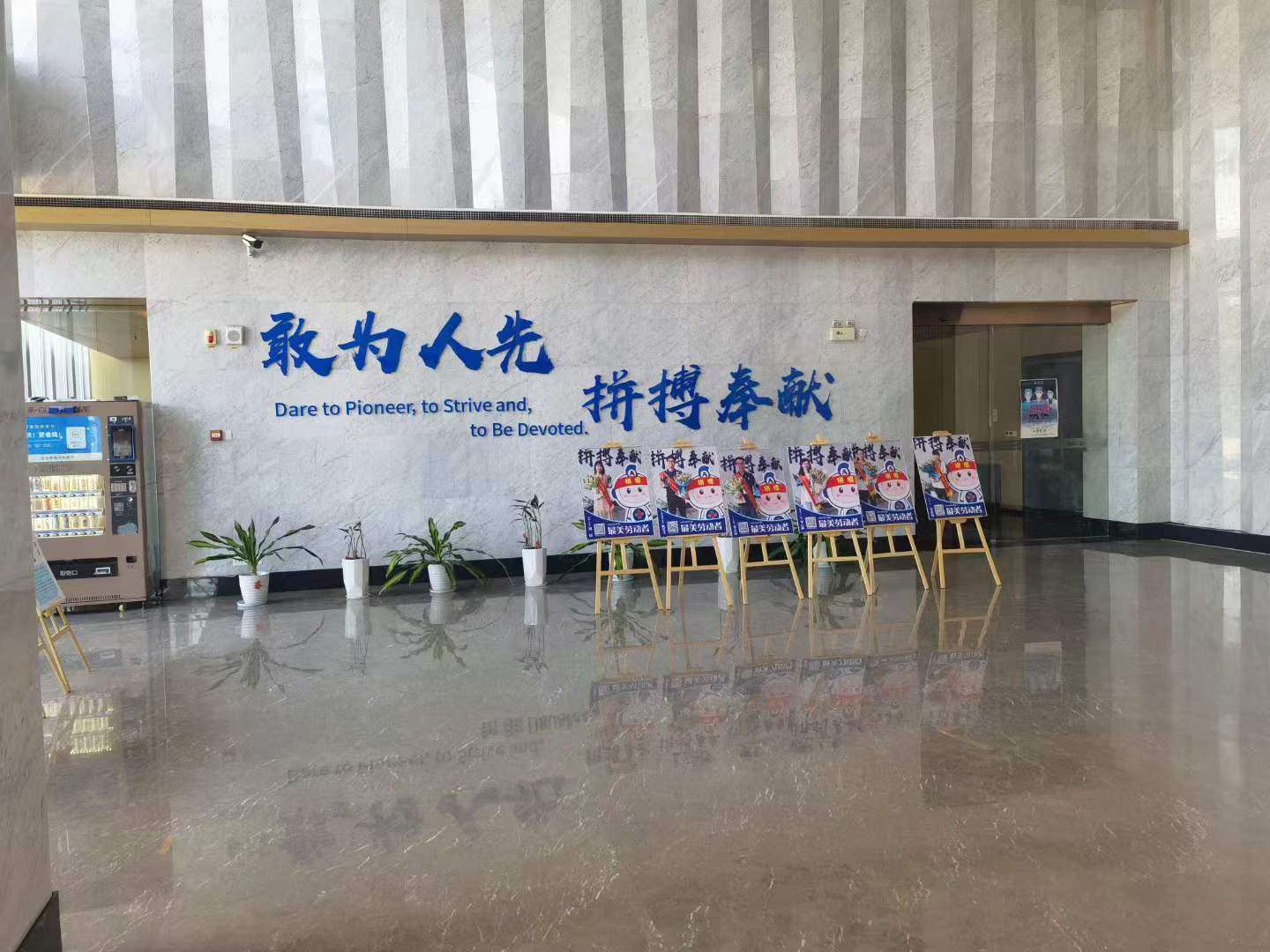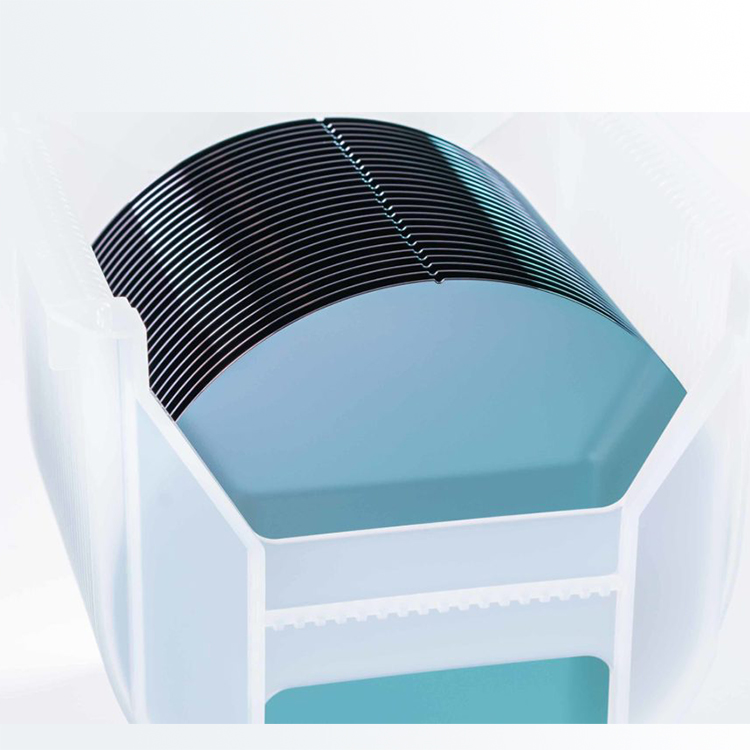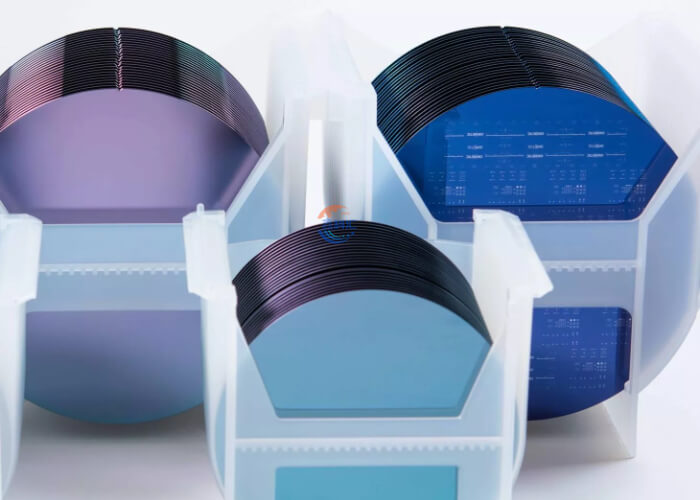The prospects of the semiconductor industry in 2024 can be analyzed from the following aspects:
- Market growth and recovery:
- Overall market expansion: Driven by the explosive growth of artificial intelligence (AI) and high-performance computing (HPC) demands, as well as the recovery of markets such as smartphones, personal computers, servers, and automobiles, the semiconductor industry is expected to experience a new round of growth. According to forecasts, the global semiconductor market is likely to achieve double-digit growth in 2024, with some estimates suggesting a growth rate of around 16% to 20%, reaching a market size of approximately $6110 billion to $6240 billion.
- Memory market rebound: The memory market is a key part of the semiconductor industry. In 2024, the reduction in production in the memory market has led to an increase in product prices. Coupled with the rising penetration rate of high-bandwidth memory (HBM), these factors will become the driving forces for market growth.
- Driving forces in different application fields:
- Automotive electronics: Although the growth rate of the overall vehicle market is limited, the trends of vehicle intelligence and electrification are obvious. Advanced driver assistance systems and in-vehicle infotainment systems are driving the development of the automotive semiconductor market. For example, with the continuous improvement of autonomous driving technology, the demand for semiconductors in areas such as radars, lidars, and high-precision maps is growing rapidly. The semiconductor industry is expected to benefit from the continuous increase in the memory requirements of the automotive industry.
- Consumer electronics: With the continuous development of technologies such as 5G and the Internet of Things (IoT), the demand for semiconductors in consumer electronics remains strong. Smartphones, tablets, and wearable devices all require a large number of semiconductor components. In particular, as 5G smartphones become more popular, the demand for semiconductor elements such as processors, baseband chips, and RF front-end modules will further increase. The market for wearable devices is also growing rapidly, driving the demand for low-power, small-size semiconductor products such as MCUs and sensors.
- Data center and cloud computing: The rapid development of data centers and cloud computing requires a large number of high-performance semiconductors to support the processing and storage of massive amounts of data. The demand for server CPUs, GPUs, and memory chips is continuously growing to meet the needs of high-performance computing and data processing.
- Technological innovation and development:
- Advanced process technology: The pursuit of higher performance and lower power consumption continues to drive the development of advanced process technologies. Leading semiconductor manufacturers are constantly advancing towards 7-nanometer and below process technologies, and even exploring more advanced processes such as 5 nanometers and 3 nanometers. Extreme ultraviolet (EUV) lithography technology is a key technology for realizing advanced processes, and the continuous improvement of EUV lithography machines is helping to improve production efficiency and yield.
- Advanced packaging technology: As the performance requirements of semiconductor chips continue to increase, advanced packaging technologies are becoming increasingly important. Technologies such as wafer-level packaging (WLP), fan-out packaging (FOWLP/FO-PLP), and system-in-package (SIP) can achieve higher packaging density and smaller packaging volumes, shorten signal transmission paths, and improve performance and power efficiency.
- Emerging materials: The development of new semiconductor materials is also a focus area. Third-generation semiconductor materials such as gallium nitride (GaN) and silicon carbide (SiC) have excellent physical properties and are suitable for high-temperature, high-voltage, and high-frequency environments. Their application prospects are broad in fields such as power electronics and high-frequency communication. In addition, two-dimensional materials such as graphene also have the potential to be used in the manufacture of high-performance, low-power semiconductor devices.
- Industry competition and cooperation:
- Mergers and acquisitions: At the beginning of 2024, there was a wave of acquisitions in the semiconductor field. During the low period, many enterprises carried out counter-cyclical layouts. Capital-rich enterprises acquired high-quality assets, and some small-sized enterprises also 抱团 to prepare for the next round of growth. For example, in January 2024, Synopsys, a leading enterprise in the EDA field, announced plans to acquire the simulation software giant ANSYS.
- Supply chain cooperation and competition: The semiconductor industry has a complex and global supply chain. In the face of market changes and technological challenges, enterprises need to strengthen cooperation and coordination in the supply chain to ensure the stability of supply and demand. At the same time, competition in the market is also intensifying, and enterprises need to continuously improve their technological level and innovation ability to maintain their competitive advantage.
- Regional development trends:
- Asia-Pacific region: Asia is the largest semiconductor market in the world, especially in regions such as China, South Korea, and Taiwan. These regions have a large manufacturing base and strong market demand, which promote the rapid development of the semiconductor industry. In 2024, the growth rate of the semiconductor market in the Asia-Pacific region is expected to be relatively high, and it will continue to play an important role in the global semiconductor industry.
- North America and Europe: North America and Europe also have many well-known semiconductor enterprises and R & D institutions. The United States government has implemented policies such as the “American Chip Act” to increase investment and support for the semiconductor industry, aiming to revitalize the domestic semiconductor industry and ensure national security. The European Union has also proposed the “European Chip Initiative” to strengthen Europe’s position in the global semiconductor market.
Overall, the semiconductor industry in 2024 is expected to show a trend of recovery and growth, driven by technological innovation, market demand in various fields, and policy support. However, the industry also faces challenges such as intense competition and the need for continuous technological breakthroughs.
深入搜索
可以从哪些渠道获取 2024 年半导体行业的最新市场数据?
2024 年全球半导体市场的主要增长点有哪些?
中美半导体行业竞争的现状和趋势是什么?


















